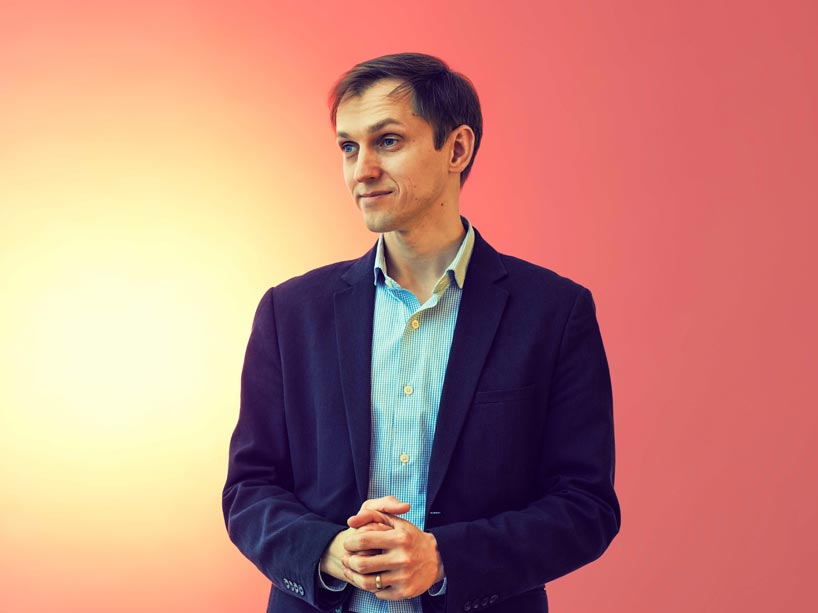Social media: The good, the bad and the ugly

Photo: Anatoliy Gruzd says the answer to the problems posed by social media involves both policy and technology. Photo by Daniel Ehrenworth, Image Arts ’03.
Social Media has become such a fixture in our lives, it’s easy to forget just how new a phenomenon it is. Facebook, Twitter and YouTube have been with us for barely a dozen years. In that short time, however, they’ve gone from being novelties used by teenagers and celebrities to decidedly mainstream information pipelines, capable of influencing public policy, sparking social movements, and even shaping the outcome of elections.
The power of social media to change the world is clear enough—but how can we ensure that those changes are positive? And how can we balance the need for privacy against the pervasive self-disclosure that social media encourages? Those are just a few of the key questions that Anatoliy Gruzd, director of research at Ryerson’s Social Media Lab, is trying to answer.
“The power of social networking platforms to influence what we see and what we read, and what connections we form, is incredible,” says Gruzd, who also holds a Canada Research Chair in Social Media Data Stewardship.
In 2014, the Social Media Lab opened at Ryerson’s Ted Rogers School of Management after Gruzd came here from Dalhousie University, where he had started the lab four years earlier.
Gruzd’s research has shown that Canada is “one of the most ‘connected’ countries in the world,” as he puts it; his lab has found that 94 per cent of Canadian adults who use the internet, have at least one social media account. (Of the various platforms, Facebook is the most popular—84 per cent of Canadians have an account).
When the power of social media first began to make a global impact around the beginning of the decade, there was a lot of enthusiasm that it was “going to save the world,” Gruzd says. “We saw activists around the world using social media to organize themselves in support of democratic movements.” While those movements have continued, we’ve also seen the opposite trend, with social media being used to spread misinformation and hate speech.
An illuminating case study is how misinformation about vaccines has spread through YouTube. While anti-vaccination videos are common on the platform, Gruzd and his collaborator at McMaster University, Melodie Song, discovered something equally troubling: Anti-vaccination videos were more likely to be “recommended” by the platform’s algorithms than pro-vaccination videos. In other words, if you watch one video on vaccination, the next video you see is more likely to be anti-vaccination, leading viewers into a trap known as the “majority illusion,” Gruzd says. “If you’re only exposed to a certain type of information, you start believing that that’s what everyone else believes.”
Addressing these problems will be a challenge. Social media isn’t going away any time soon, and government control over the internet naturally raises concerns over censorship.
“The solution can’t come from one organization, from one entity,” Gruzd says. “It has to involve both policy and technology.” Social media platforms have a responsibility to “clean up their spaces.” They can start with better filtering of abusive messages, and empowering users to flag inappropriate content, he says.
Gruzd also notes that despite these challenges, social media can also be a force for good in the world which often goes unnoticed by mainstream media—for example, allowing people with cancer to form their own online communities, and reach out to one another for support.
Dan Falk (@danfalk) is a science journalist based in Toronto. His books include The Science of Shakespeare and In Search of Time.